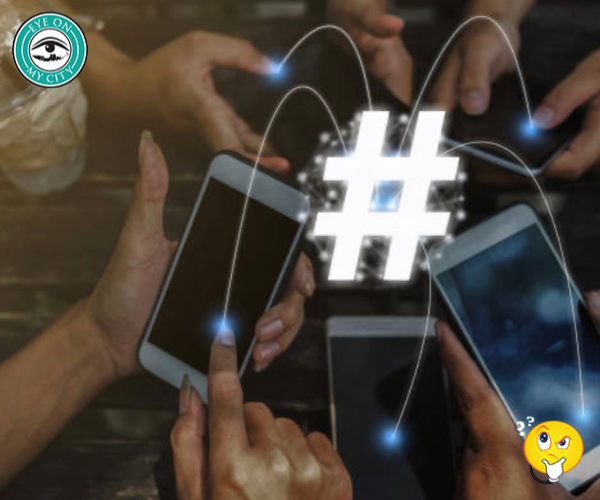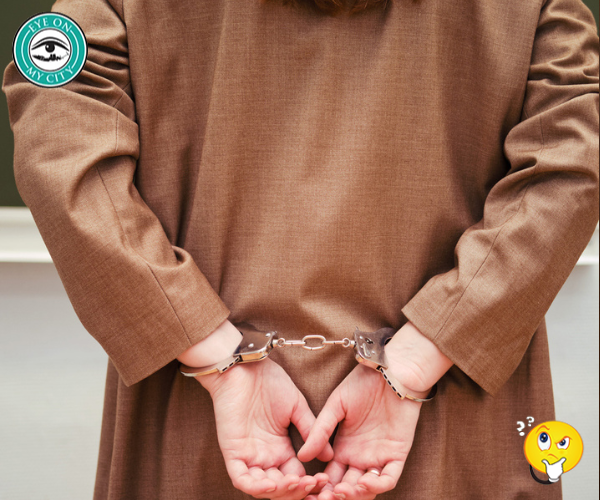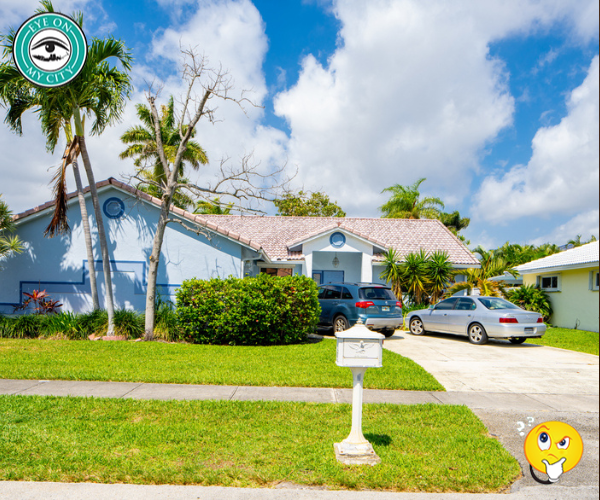Gen-Z has become masters of the mental health mic drop.
“I’m setting a boundary.”
“That’s just my trauma response.”
“My therapist says I don’t owe anyone anything.”
And just like that, the conversation ends. Accountability is avoided, discomfort is escaped, and growth is stunted. We have taken emotional awareness and twisted it into something else entirely: a language of therapy that’s weaponized to justify avoidance. Therapy speak has been wholly taken too far. People now say something is “toxic” when it is simply inconvenient. Boundaries, once meant to strengthen relationships, are now used to cut people off and avoid conversations. If a conversation is necessary, setting a ‘boundary’ and refusing to talk about it is not healthy – it’s weaponized therapy-speak used to avoid discomfort and responsibility.
Additionally, terms like trauma, anxiety, and triggered, have become casual labels for normal human emotion. Feeling stressed doesn’t mean you have an anxiety disorder, and wanting a tidy room doesn’t mean you have OCD, but many think it does. We’ve blurred so many lines that people now say ‘that gives me anxiety’ when something simply makes them nervous and ‘I’m so OCD’ when they really just like things on the cleaner side.
Now, thanks to social media, anyone can claim a diagnosis after one 15-second video. 13-year-old girls are insisting they have ADHD, depression, and anxiety, when many are simply feeling the awkward, emotional stretch of adolescence. On one hand, labels are comforting. When you feel something, it’s nice to know you’re not alone. But it has spiraled out of control. Sadness is not depression, and discomfort is not a trauma response. It’s not that mental health struggles aren’t real, they absolutely are, but we’ve collapsed everyday emotions into clinical terms, and in doing so, we’ve diluted the meaning of both.
Last week on TikTok, a woman, user @Iambrelle, posted a video detailing her ‘polyphonic perception.’ It was 60 seconds of her pointing out different beats and rhythms within Justin Timberlake’s 2006 hit ‘My Love,’ and the caption on the video was ‘I can hear every single component and respond to it differently.’ The gag is, we all have polyphonic perception. It’s just the ability to distinguish multiple layers of music, and it doesn’t really exist. So, where does this come from?
Why does everyone yearn for labels?
There has been a huge sense of conformity developed from social media. Everyone shares everything on social media, so everyone copies each other. Eventually no one is unique, so everyone starts trying to invent new unique things about themselves, like polyphonic perception.
It is a very human desire to want to feel special, but living in a society that rewards individualism allows these random, borderline fake diagnoses to gain an inordinate amount of traction. There’s nothing wrong with seeking help, embracing vulnerability, or naming your struggles. But when everything becomes a diagnosis and every inconvenience is labeled as trauma, we stop learning how to cope normally and dilute the true struggles people face.
So, what do we do?
The first step is to be aware of yourself. If you suspect you may have anxiety, OCD, or any other disorder, talk to someone before self-diagnosing on TikTok. Take a massive step back from social media and acknowledge what is truly going on in your head.
Another thing to do is to keep your friends, peers, and neighbors accountable. If someone claims they have depression, don’t be afraid to confirm if that is true or not – compassionately. If it is, let them know you are there to discuss what might be going on in their mind or life. However, if they have just been feeling sad for a few days, especially in response to something, help steer the conversation towards clarity, rather than labels.
Encourage yourself and others to talk to parents, school counselors, or a licensed professional before taking TikTok’s word for it. And remember that you don’t need a label to matter. You already do.










